The new MarineTraffic Internet AIS service, cautiously optimistic
These days I feel obliged to include a warning every time I write about AIS over the Internet. What you see in a nice app like ShipFinder HD (above) probably does not include every vessel that's transmitting AIS info even in fairly well covered areas like the Miami/Lauderdale area, and many areas aren't covered at all...unless perhaps you're using the Seapilot app in Sweden or somehow have access to another well-organized AIS receiver system. That's because what most of us see on computers, phones or tablets connected to the web is target data collected by patchy networks of volunteers, whose shore antennas may well miss even fairly nearby 2 Watt Class B AIS transmissions or even 12 Watt Class A signals obscured by buildings or terrain (or may suddenly go offline just because the volunteer's kid trips on a power cord or something similar).
That warning stated, one particular source of Internet AIS, MarineTraffic, seems to have attracted a large number of volunteer listening stations. The screen above shows all the stations currently registered in the USA -- a lot more than there used to be -- with the color green representing the ones that were sharing live data this morning. MarineTraffic (MT) is even stronger in Europe, and thus, the bottom left brag about having 56,026 AIS targets in range when I grabbed the screen. Note also how MT vastly improved its web browser presentation recently, though that change came with a possible problem.
Along with a completely redesigned web interface and a slew of new features, MarineTraffic became a commercial AIS tracking operation, and I've unhappily experienced that transition before. Back in 2005, I lamented the limitations of AISlive once it went seriously commercial, and something similar happened to the VesselTracker site that was a favorite in 2008 (along with several still-good regional services). In recent years MarineTraffic seemed to build the best global coverage with the most user features among the free sites, but will a hunger for subscription revenues mean decreased AIS tracking for freeloaders like me?
Well, so far so good, and I like the "Free Forever" notation on the Basic membership in the various service plans partly shown above. The plan list is also a good place to see all the features MarineTraffic offers now, including satellite tracking of vessels beyond shore stations. And about the only new limitations for Free users that I can detect are a limit of 5 vessels in "My Fleet" and only three days of vessel track history. Those features remain pretty useful in my view, and I particularly like being able to tag Fleet vessels so I get emailed when they enter or leave a port, as noted in this 2012 MarineTraffic appreciation. My Fleet combined with the still free MT map widget also makes a nice addition to Panbo's About page (and might work well for many marina and boatyard sites).
Notice that my own My Fleet isn't limited to 5 vessels of interest and that my screenshots aren't showing the ads that appear if you're on the Free plan or unregistered altogether. That's because MT gave free Premium subscriptions to all its volunteer station keepers when the plans were introduced, and I was maintaining a receiver here in Camden (as I wrote about here). That was a nice gesture (and I hope to get a station running on Gizmo before MT pulls the subscription). It's neat, for instance, to zoom into targets on a high quality (Jeppesen C-Map) nautical chart anywhere in the world.
The example above shows a yacht working its way into an exotic looking anchorage in the Tobago Cays today -- an inspiring sight from a desk in chilly Maine -- though its Class B signal is barely being captured by a volunteer station on Carriacou. And that's why it's great the MarineTraffic is offering free Pro or Premium plans to new volunteer stations (depending on performance) and even offer free receivers for good locations.
There really can't be too many AIS receiving stations in my experience, and I continue to think that it's a great opportunity for marinas and other coastwise marine businesses to "add a little value" and do a little marketing at low cost. In fact, one reason I've been lax with my home station is that Wayfarer Marine set up a reliable station in Camden Harbor, and the inhouse installer Alden Cole enjoys maintaining a volunteer station so much he also minds a home system high in the hills behind town. There's another station at the Lyman Morse boatyard in Thomaston -- note the credit in the target detail box above (that's the marketing part) -- and Walter Barnard's station recently opened in the north bay. Walter's rig is down today, but note that he's also been taking photos of local AIS targets like the ferry shown above, and photos are a huge part of Internet AIS (and can also earn free MT subscriptions). And finally, a new station just popped up in Searsport, but they haven't yet identified themselves on their MT account's My Stations page. (This screen also shows where the ads go if you're not logged into a pro subscription).
At any rate, it looks like the east side of Penobscot Bay will be well covered on MarineTraffic when spring arrives and lots more boats finally appear. It's likely then that even a small boat sailing around North Haven will be able to know when the ferry will loom out of the fog, with just a smartphone and an inexpensive app like MarineTraffic's own. If the existing stations stay alive, even more elaborate Internet AIS focused apps like the SeaNav/BoatBeacon combo should work well around here. Plus, Wayfarer and Lyman Morse (anyone really) can put up MT widgets so their customers with AIS, or their families, can see what's going on from afar. They can even suggest the mAIS app so boaters can get on MT, even if they don't have a real AIS transponder.
But not far in either direction, and in many other places around the US coast, there's still no Internet AIS coverage at all. If you have a spot and a few hundred dollars to invest, please consider becoming a MarineTraffic volunteer. I also think all us volunteers should hedge our bets and promote competition by contributing our feeds to other sites like AISHub, ShipFinder, and FleetMon (I'll add details to the "how-to" entry).
While I'm obviously an Internet AIS enthusiast, I should finish where I began. This spring there will be another spike of boaters with newly installed Class B transponders (good!) who will call their installer or supplier because they can't see themselves on MarineTraffic or a similar site. Sometimes it's because a forest of nearby masts in the marina kill the signal, but usually it's because the location isn't really covered, at least for Class B. We need to help folks out with this confusion and we need more receivers, I think. Meanwhile, one recent MT joy has been watching Yme's electric Drift Away cruising the fascinating waterways of Holland in near real time. Do other armchair I-AIS cruisers prefer other sites or have ways to use MT that I haven't discovered yet?

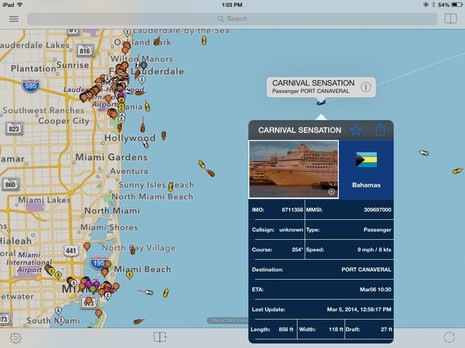
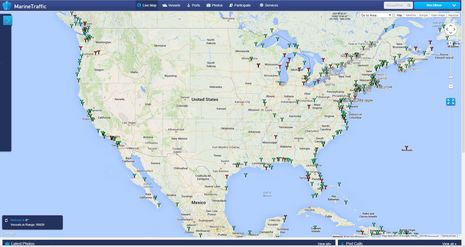
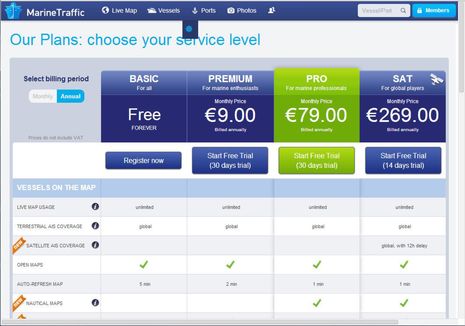
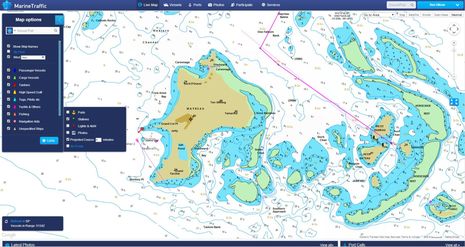
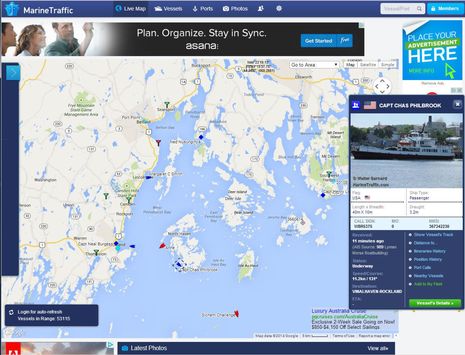
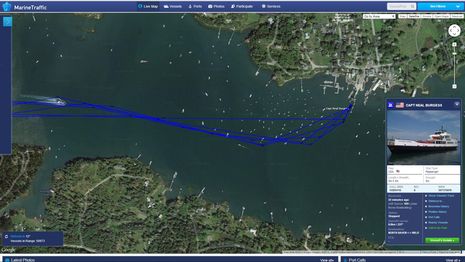
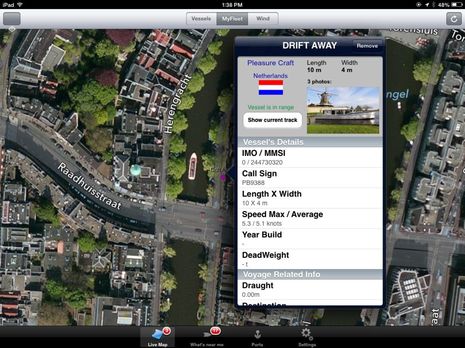
 Share
Share
MarineTraffic was sure nice when I installed my Class B last summer - sure, I knew it was receiving, but it's nice to know it was actually transmitting. It's also fun getting an email when I fire up the boat..:-)